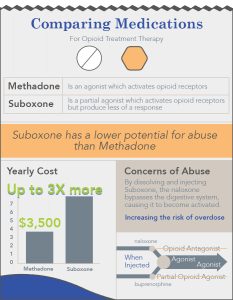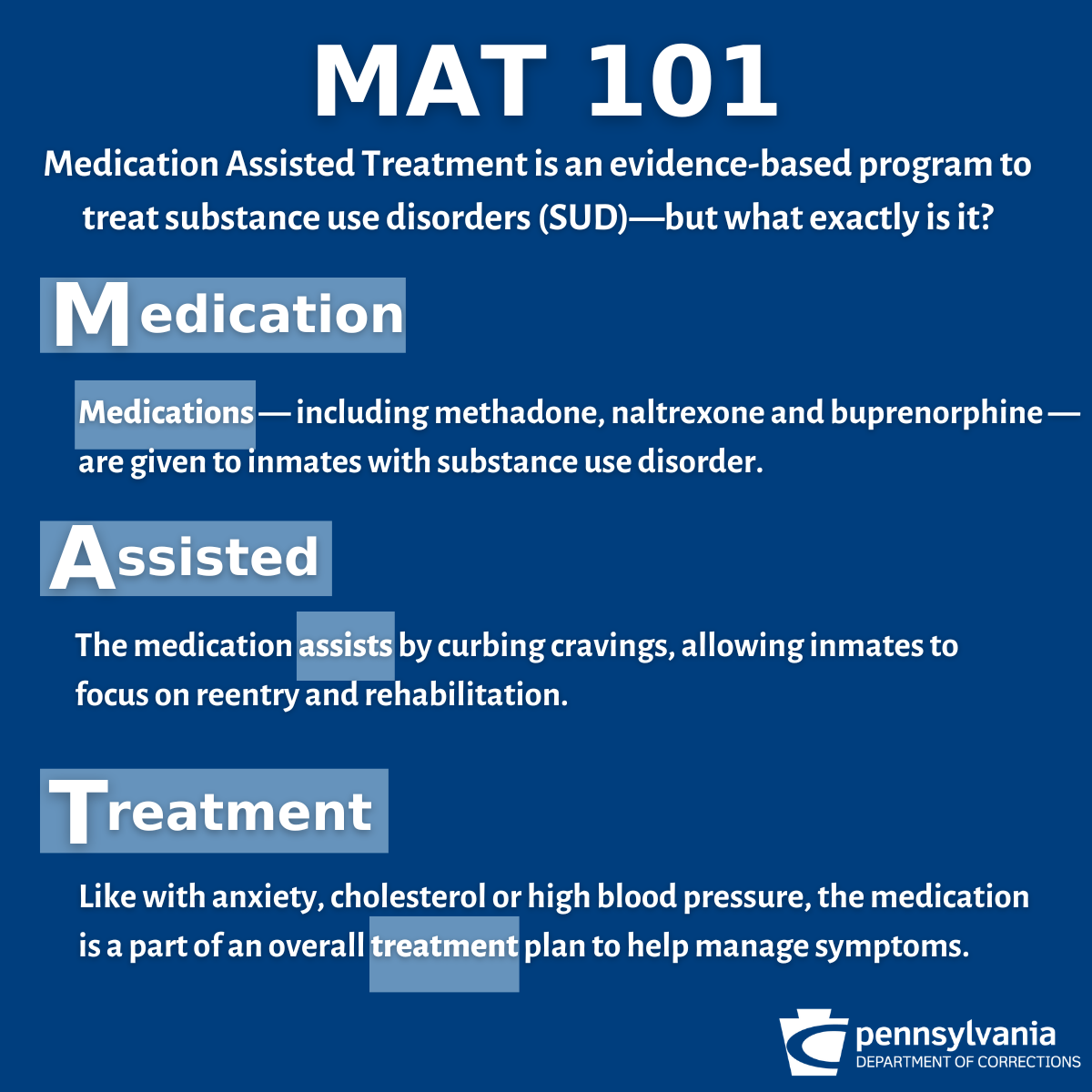WISE Recovery was established by Joe Gerstein in 1994 by basing REBT as a structure. It provides significance to the human agency in getting rid of dependency and concentrates on self-empowerment and self-reliance. It does not register for illness theory and powerlessness. The group meetings involve open discussions, questioning choices and forming corrective measures through assertive workouts.
Goals of the SMART Recovery programs are: Building and Preserving Motivation, Managing Desires, Managing Ideas, Sensations, and Behaviors, Living a Balanced Life. This is thought about to be similar to other self-help groups who work within shared aid principles. In his influential book, Client-Centered Therapy, in which he presented the client-centered technique to therapeutic modification, psychologist Carl Rogers proposed there are 3 required and sufficient conditions for personal modification: unconditional favorable regard, precise compassion, and reliability.
To this end, a 1957 study https://live-free-drug-alcohol-detroit.business.site/posts/187024978455234441 compared the relative effectiveness of three various psychotherapies in dealing with alcoholics who had been devoted to a state health center for sixty days: a treatment based on two-factor learning theory, client-centered therapy, and psychoanalytic treatment. Though the authors expected the two-factor theory to be the most reliable, it actually proved to be deleterious in the outcome (what are some forms of treatment available to those suffering from opioid addiction?).
The What Is The Treatment For Opioid Addiction In Arizona Statements

It has actually been argued, nevertheless, these findings may be attributable to the profound difference in therapist outlook between the two-factor and client-centered approaches, rather than to client-centered strategies. The authors keep in mind two-factor theory involves stark displeasure of the clients' "illogical habits" (p. 350); this especially unfavorable outlook might explain the results.
Understood as Client-Directed Outcome-Informed treatment (CDOI), this method has been used by numerous drug treatment programs, such as Arizona's Department of Health Providers. Psychoanalysis, a psychotherapeutic approach to habits change established by Sigmund Freud and modified by his followers, has likewise provided a description of compound abuse. This orientation recommends the main reason for the dependency syndrome is the unconscious need to amuse and to enact numerous type of homosexual and perverse fantasies, and at the very same time to avoid taking responsibility for this.
The dependency syndrome is also assumed to be related to life trajectories that have happened within the context of teratogenic procedures, the phases of which consist of social, cultural and political elements, encapsulation, traumatophobia, and masturbation as a kind of self-soothing. Such a technique lies in stark contrast to the methods of social cognitive theory to addictionand undoubtedly, to behavior in generalwhich holds human beings to regulate and control their own environmental and cognitive environments, and are not merely driven by internal, driving impulses (who needs physician speakers needed to discuss addiction treatment).
Not known Details About How To Provide Addiction Treatment For Those Who Do Not Have Insurance Or Medicaid
A prominent cognitive-behavioral method to dependency healing and therapy has actually been Alan Marlatt's (1985) Regression Avoidance method. Marlatt describes four psycho-social procedures appropriate to the dependency and relapse processes: self-efficacy, outcome span, attributions of causality, and decision-making processes. Self-efficacy describes one's capability to deal competently and successfully with high-risk, relapse-provoking scenarios.
Attributions of causality refer to a person's pattern of beliefs that relapse to substance abuse is a result of internal, or rather external, short-term causes (e.g (how to find free meth addiction treatment centers in san diego)., allowing oneself to make exceptions when confronted with what are judged to be unusual scenarios). Finally, decision-making procedures are linked in the relapse procedure too.

Furthermore, Marlatt worries some decisionsreferred to as obviously irrelevant decisionsmay seem irrelevant to relapse, however may in fact have downstream ramifications that position the user in a high-risk circumstance. For instance: As an outcome of rush hour, a recovering alcoholic may choose one afternoon to leave the highway and travel on side roads.
The Greatest Guide To How To Verify Addiction Treatment Centers Qualifications
If this individual has the ability to use successful coping strategies, such as sidetracking himself from his cravings by turning on his favorite music, then he will prevent the relapse risk (COURSE 1) and heighten his efficacy for future abstaining. If, however, he lacks coping mechanismsfor circumstances, he may start pondering on his yearnings (PATH 2) then his efficacy for abstinence will decrease, his expectations of positive results will increase, and he may experience a lapsean separated return to compound intoxication.
This is a hazardous pathway, Marlatt proposes, to full-blown relapse. An extra cognitively-based design of substance abuse healing has actually been used by Aaron Beck, the father of cognitive therapy and championed in his 1993 book Cognitive Therapy of Substance Abuse. This therapy rests upon the presumption addicted individuals possess core beliefs, often not accessible to immediate awareness (unless the patient is likewise depressed).
When yearning has actually been triggered, liberal beliefs (" I can deal with getting high just this one more time") are helped with. Once a liberal set of beliefs have been activated, then the person will activate drug-seeking and drug-ingesting habits. The cognitive therapist's job is to reveal this underlying system of beliefs, examine it with the client, and consequently show its dysfunction.
Top Guidelines Of What Is The Latest Treatment For Opioid Addiction
Thinking about that nicotine and other psychoactive substances such as drug trigger similar psycho-pharmacological paths, a feeling policy technique might be relevant to a wide selection of compound abuse. Proposed models of affect-driven tobacco use have actually focused on unfavorable reinforcement as the main driving force for addiction; according to such theories, tobacco is used since it helps one escape from the unwanted impacts of nicotine withdrawal or other negative moods.
Mindfulness programs that encourage patients to be familiar with their own experiences in the present moment and of emotions that develop from thoughts, appear to avoid impulsive/compulsive reactions. Research also suggests that mindfulness programs can minimize the intake of substances such as alcohol, drug, amphetamines, cannabis, cigarettes and opiates. For example, someone with bipolar condition that experiences alcohol addiction would have double diagnosis (manic depression + alcoholism).
According to the National Survey on Substance Abuse and Health (NSDUH), 45 percent of people with dependency have a co-occurring psychological health condition. Behavioral models make use of principles of practical analysis of drinking habits. Habits designs exist for both working with the compound abuser (neighborhood support method) and their household (community reinforcement technique and family training).
What Is A Good Treatment Facility For Opioid Addiction Fundamentals Explained
This design lays much emphasis on making use of problem-solving strategies as a method of assisting the addict to conquer his/her dependency. Regardless of continuous efforts to fight dependency, there has been evidence of clinics billing clients for treatments that may not guarantee their healing. This is a significant issue as there are various claims of fraud in drug rehab centers, where these centers are billing insurance provider for under delivering much needed medical treatment while exhausting clients' insurance coverage benefits.
Under the Affordable Care Act and the Mental Health Parity Act, rehabilitation centers are able to bill insurance coverage companies for compound abuse treatment. With long wait lists in restricted state-funded rehabilitation centers, questionable private centers rapidly emerged. One popular model, referred to as the Florida Model for rehabilitation centers, is frequently slammed for fraudulent billing to insurance provider.
Little attention is paid to clients in terms of addiction intervention as these patients have actually typically been known to continue substance abuse during their remain in these centers. Since 2015, these centers have actually been under federal and state criminal investigation. Since 2017 in California, there are only 16 detectives in the CA Department of Health Care Providers investigating over 2,000 licensed rehab centers.